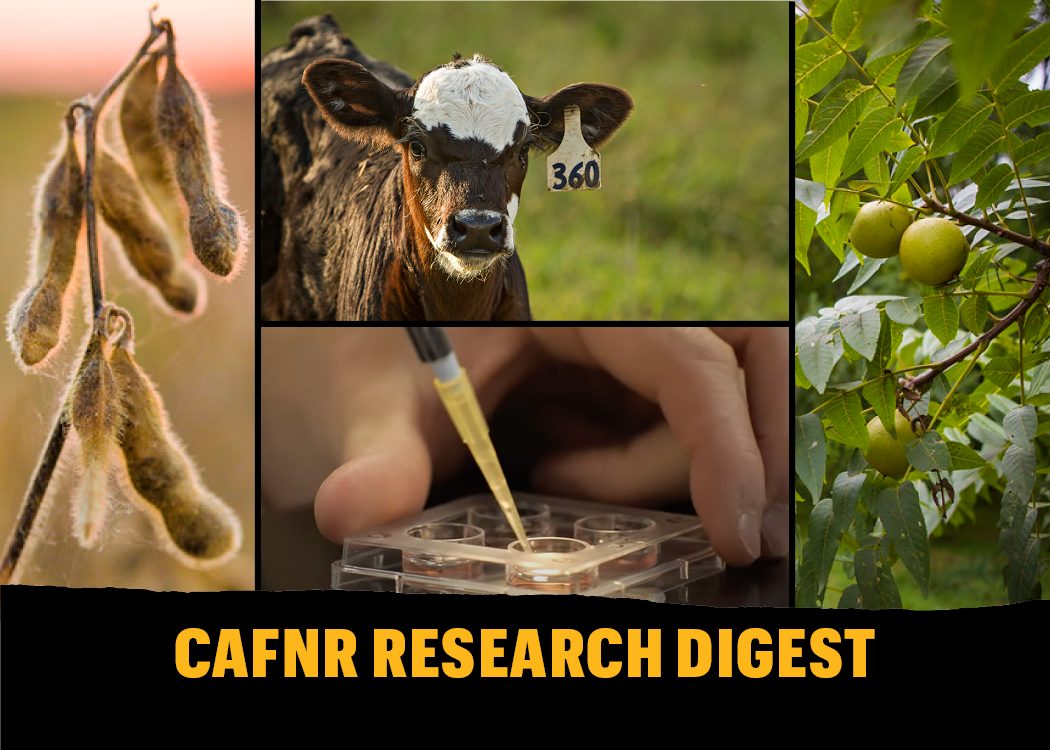|
Two CAFNR Faculty Named 2022 Highly Cited Researchers Two faculty in the College of Agriculture, Food and Natural Resources have been named 2022 Highly Cited Researchers by Clarivate. Ron Mittler, Curators’ Distinguished Professor in plant science and technology, along with Bing Yang, professor of plant science and technology, were awarded this prestigious distinction — marking them as among the most influential researchers in the world. CAFNR faculty members have received the following recent grants (listed by Principal Investigator): Grover Shannon, Enhancing Sting Bug Resistance in Midsouth Soybean, Louisiana State University, 4/1/22-3/31/23, $30,000 Felix Fritschi, Identification of genomic regions underpinning soybean phosphorus uptake and use efficiency to improve sustainability of soybean production, Smith Bucklin/USB, 10/1/22-9/30/23, $194,674 Andrew Scaboo, Development and Deployment of High Oleic/Low Linolenic Acid Soybean, Smith Bucklin/USB, 10/1/22-9/30/23, $819,207 James Heiser, Evaluation of residual herbicide performance when incorporated with furrow irrigation versus overhead sprinkler irrigation, Cotton, Inc., 1/1/23-12/31/23, $12,625 Deborah Finke, Utilizing Technology and Conservation Practices to Produce More Economically and Environmentally Sustainable Soybeans, Smith Bucklin/USB, 10/1/22-9/30/23, $175,203 Jianfeng Zhou, Improving soybean production, seed quality and soil health using digital agriculture technologies, Smith Bucklin/USB, 10/1/22-9/30/23, $104,081 Reid Smeda, Performance of BAS 1010H for burndown weed control for vegetation management, BASF Corp, 3/14/22-12/31/23, $21,600 Henry Nguyen, Sustainable broad-spectrum SCN resistance varieties using gene editing, TILLING, regulatory epigenome, and whole-genome sequencing, Smith Bucklin/USB, 10/1/22-9/30/23, $310,000 |
